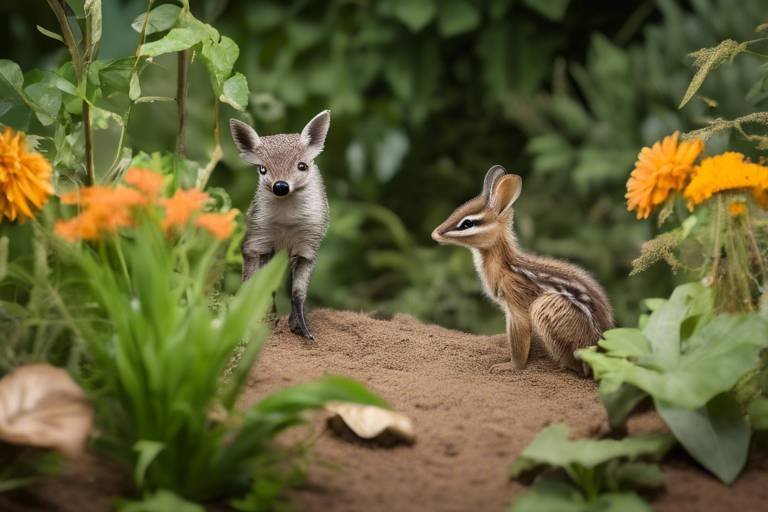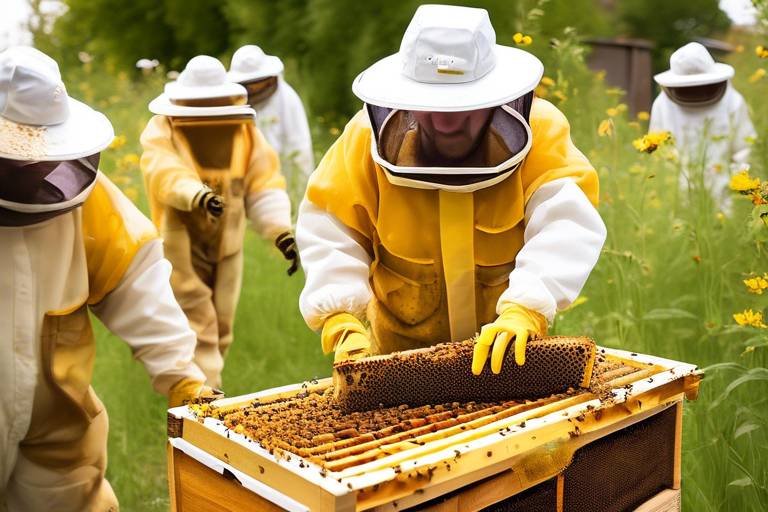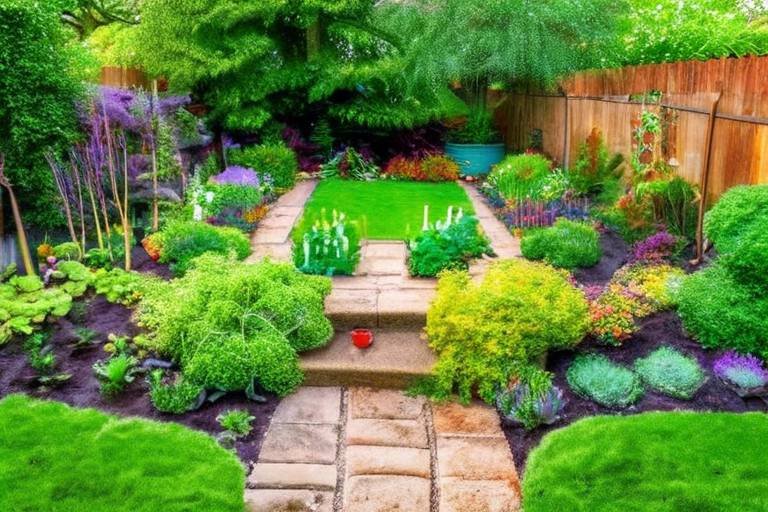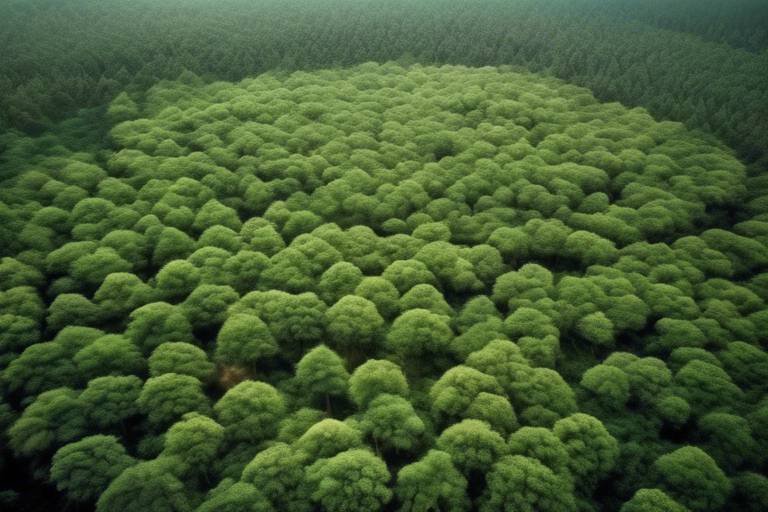How to Create a Wildlife Habitat in Your Backyard
Transforming your backyard into a thriving wildlife habitat is not only beneficial for local species but also a rewarding experience for you as a homeowner. By incorporating key elements that attract and support various birds, insects, and wildlife, you can create a vibrant ecosystem right outside your door.
Researching the native wildlife in your area is the first step towards creating a successful habitat. Understanding the specific needs and preferences of local species will help you tailor your backyard to provide essential resources for their survival and well-being.
One crucial aspect of a wildlife habitat is providing adequate food sources. Planting native flowers, fruits, seeds, and nuts can attract a diverse range of wildlife, including birds, butterflies, and bees. These plants not only offer food but also support the nutritional requirements of different species.
Supplementing natural food sources with bird feeders can further enhance the habitat. By setting up feeders with appropriate seeds or nectar, you can attract and nourish various bird species throughout the year, creating a reliable food source for them.
Creating shelter and nesting sites is essential for wildlife to feel safe and secure in your backyard. Trees, shrubs, birdhouses, and brush piles offer protection, nesting opportunities, and resting places for wildlife to raise their young, contributing to the overall health of the ecosystem.
Adding water features such as birdbaths, ponds, or small water sources can significantly improve the habitat. These features provide drinking and bathing spots for birds, insects, and other wildlife, making your backyard a more attractive and inviting environment for local species.
Implementing sustainable practices is key to maintaining a healthy wildlife habitat. By reducing pesticide use, opting for native plants, and creating a chemical-free environment, you can promote a balanced ecosystem and protect wildlife from harmful substances that may disrupt their natural behaviors.
Regularly monitoring and maintaining the habitat is crucial for its long-term success. Observing wildlife activity, addressing any issues promptly, and performing seasonal maintenance tasks will ensure that the habitat remains functional, attractive, and supportive for local species.
Engaging with the community can also enhance the impact of your wildlife habitat. Sharing your knowledge, experiences, and passion for habitat creation with neighbors, local organizations, and online communities can inspire others to take part in conservation efforts and contribute to the preservation of wildlife.
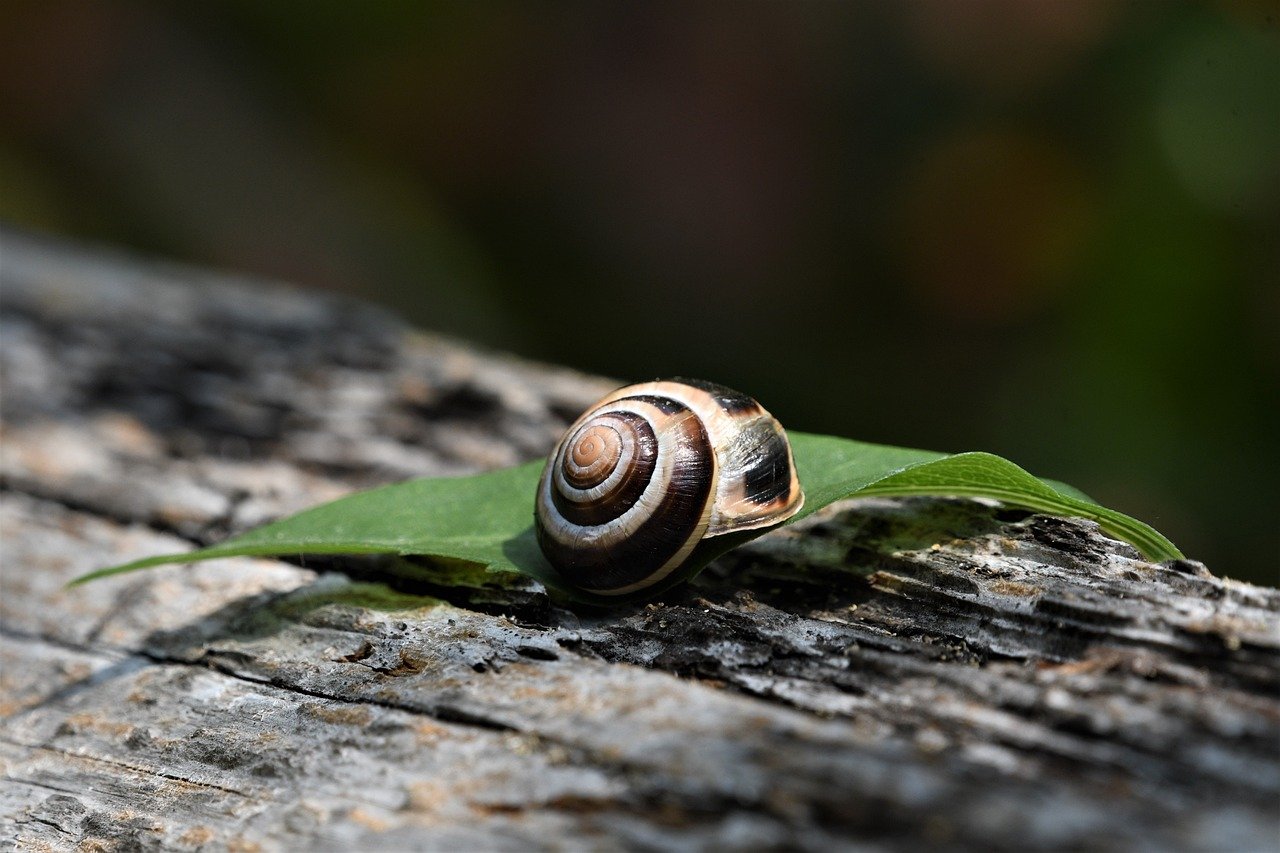
Research Local Wildlife
Researching local wildlife is a crucial first step in creating a thriving habitat in your backyard. By understanding the native species that inhabit your area, you can tailor your habitat to meet their specific needs and preferences. This knowledge allows you to provide the necessary elements to attract and support a diverse range of birds, insects, and other wildlife.
One way to research local wildlife is by observing the species that visit your backyard regularly. Take note of the types of birds, butterflies, and other wildlife that are present, as well as their behaviors and interactions. Additionally, consult field guides, websites, or local wildlife organizations to learn more about the native species in your region.
Creating a wildlife habitat that caters to the specific requirements of local wildlife ensures a sustainable ecosystem that can thrive over time. By incorporating elements that appeal to native species, you can encourage biodiversity and create a welcoming environment for wildlife to flourish.

Provide Food Sources
When it comes to creating a thriving wildlife habitat in your backyard, providing adequate food sources is essential. By planting a variety of native flowers, fruits, seeds, and nuts, you can attract a diverse range of wildlife while also supporting their nutritional requirements. These natural food sources not only attract birds, butterflies, and bees but also contribute to the overall health and well-being of the ecosystem.
One effective way to supplement natural food sources is by installing bird feeders. By setting up bird feeders with appropriate seeds or nectar, you can attract and nourish different bird species throughout the year. This not only provides additional food for birds but also allows you to observe them up close and appreciate their beauty and behavior.
When selecting plants for your backyard habitat, consider those that produce fruits and seeds at different times of the year to ensure a continuous food supply for wildlife. By planting a mix of early, mid, and late-season bloomers, you can support a variety of species and create a dynamic and ever-changing environment that keeps wildlife coming back for more.
Additionally, incorporating plants that provide nectar can attract pollinators like butterflies and bees, which play a crucial role in the ecosystem. By creating a diverse and abundant food supply, you can help sustain local wildlife populations and contribute to the overall biodiversity of your backyard habitat.
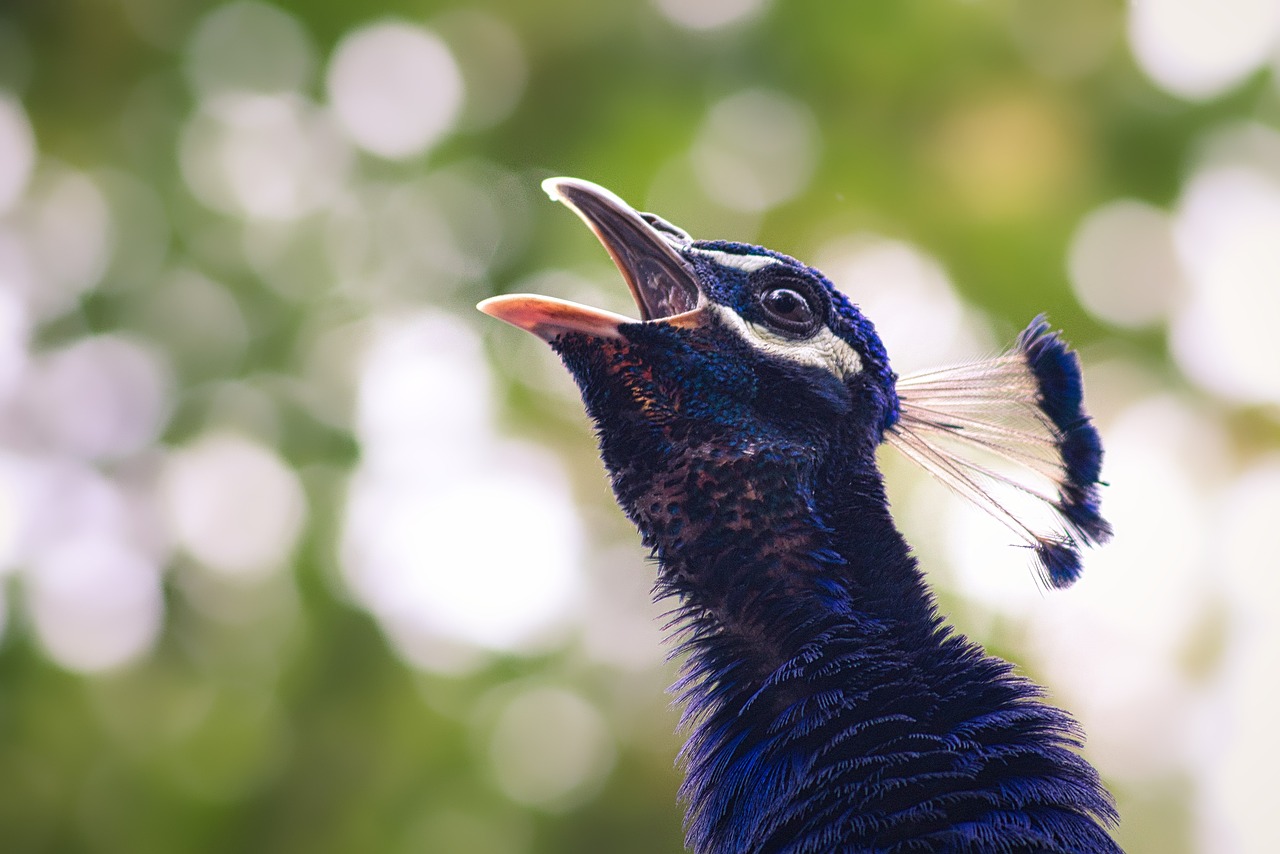
Install Bird Feeders
When it comes to creating a wildlife habitat in your backyard, installing bird feeders plays a crucial role in attracting and nourishing various bird species throughout the year. By supplementing natural food sources with bird feeders, you can provide a consistent and reliable food supply for the feathered visitors in your habitat.
Bird feeders come in a variety of designs and styles, catering to different bird species' feeding habits and preferences. From tube feeders for small songbirds to platform feeders for ground-feeding birds, choosing the right type of feeder can enhance the diversity of birds that visit your backyard.
It's essential to place bird feeders in strategic locations within your habitat, ensuring easy access for birds while keeping them safe from predators. Consider positioning feeders near trees or shrubs where birds can perch and observe their surroundings before feeding.
When filling bird feeders, opt for high-quality seeds, suet, or nectar that are suitable for the bird species in your area. Different birds have specific dietary needs, so offering a variety of food options can attract a wider range of avian visitors to your backyard.
Regularly clean and maintain bird feeders to prevent the spread of diseases among birds. Empty and clean feeders on a regular basis, removing any moldy or spoiled food, and sanitize them with a mild bleach solution to ensure a hygienic feeding environment for your feathered friends.
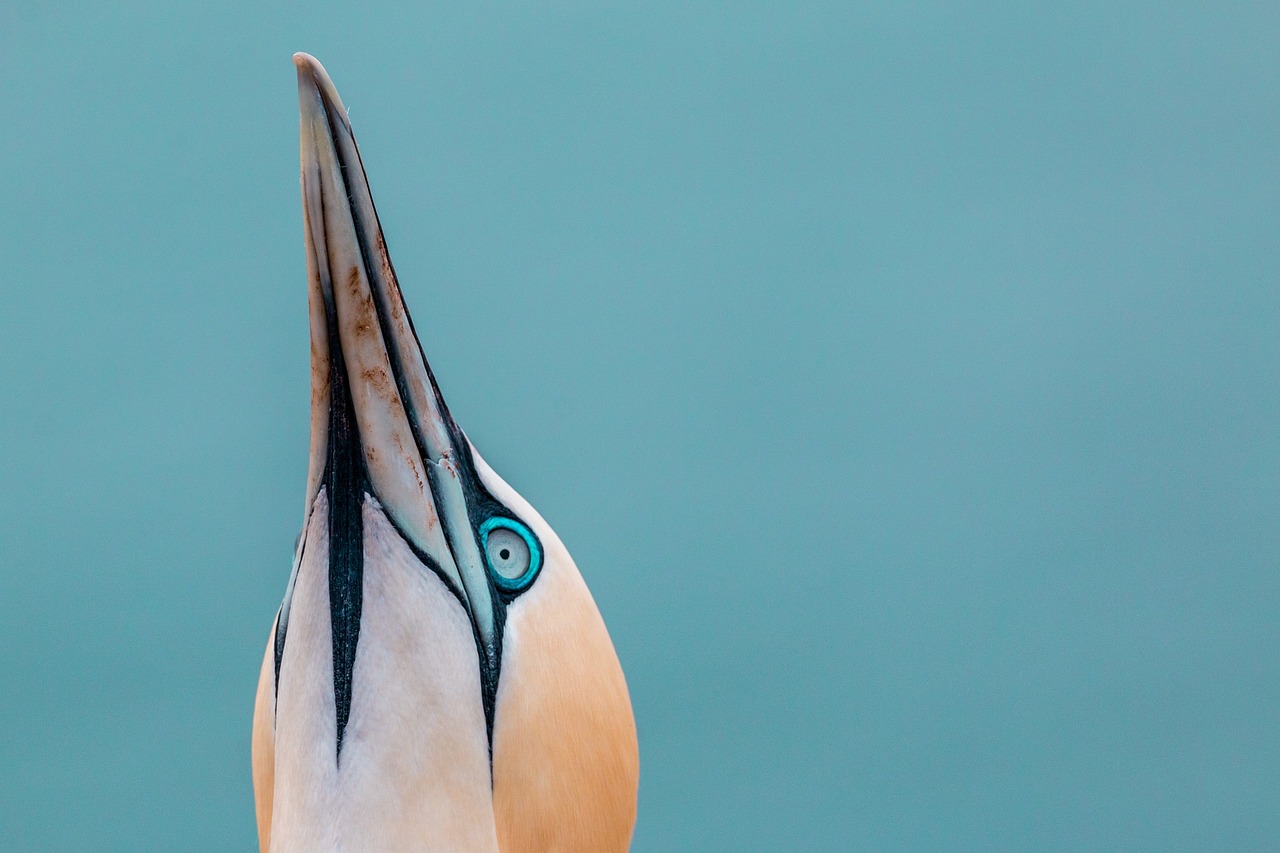
Create Shelter and Nesting Sites
Creating shelter and nesting sites in your backyard is crucial for providing wildlife with safe spaces to rest, seek refuge, and raise their young. By incorporating a variety of elements, you can attract a diverse range of species and contribute to the overall biodiversity of your habitat.
One effective way to create shelter is by planting a mix of trees and shrubs that offer different heights and densities. Tall trees provide perches and nesting sites for birds, while dense shrubs offer protection and cover for smaller animals. Consider the natural habitat of the wildlife in your area and aim to mimic those conditions in your backyard.
Additionally, installing birdhouses can provide specific nesting opportunities for cavity-nesting birds such as chickadees, bluebirds, and wrens. Make sure to place the birdhouses in suitable locations, away from predators and at the right height for the target species.
Creating brush piles using fallen branches, twigs, and leaves can also serve as shelter for various wildlife, including insects, small mammals, and amphibians. These piles offer hiding spots, nesting materials, and protection from harsh weather conditions.
Water features like ponds or shallow dishes can attract amphibians and provide a water source for birds and insects. Amphibians often use ponds for breeding, while birds use them for drinking and bathing. Adding rocks or logs near the water feature can create additional sheltered areas for wildlife.
Remember that providing shelter is not only about creating physical structures but also about fostering a welcoming environment where wildlife feel safe and comfortable. By incorporating a variety of shelter options, you can encourage a diverse array of species to make your backyard their home.

Add Water Features
Adding water features to your backyard wildlife habitat can significantly enhance its appeal and functionality. By incorporating birdbaths, ponds, or small water sources, you create essential drinking and bathing spots for various wildlife species. These features not only attract birds but also provide insects and other wildlife with much-needed hydration.
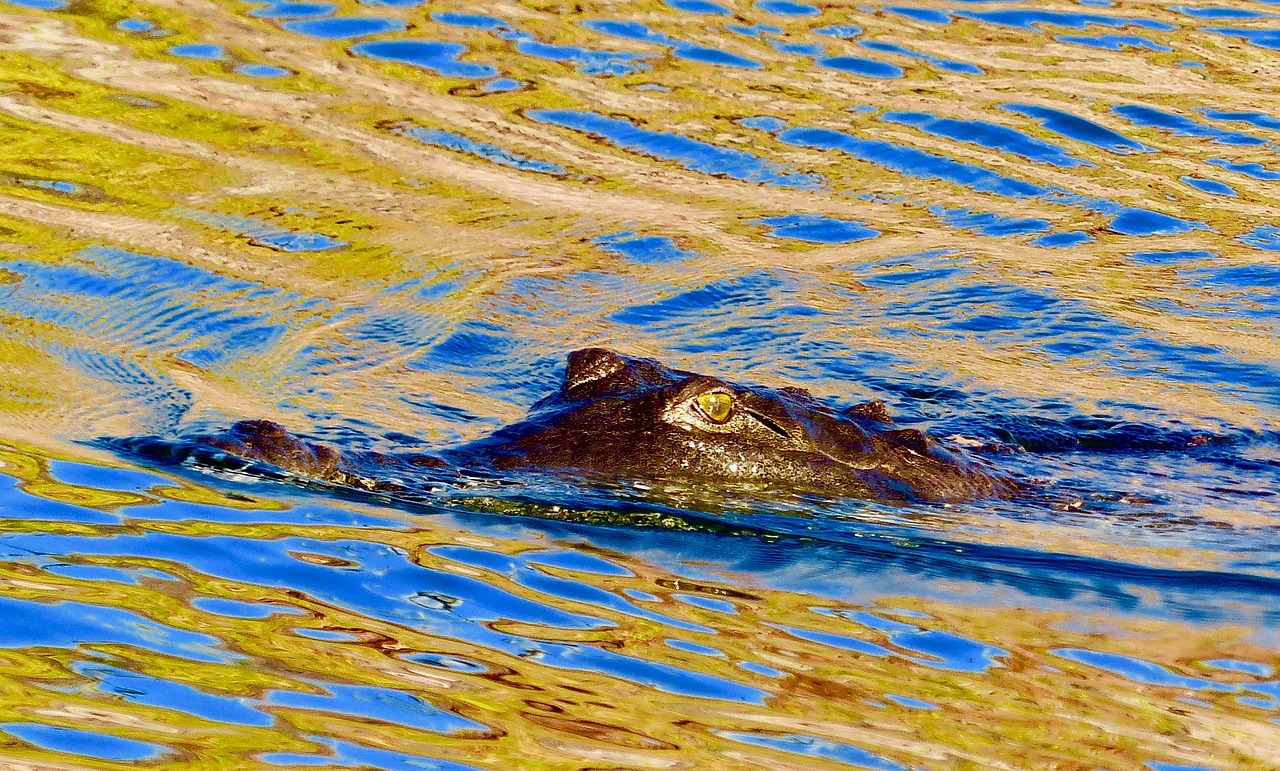
Implement Sustainable Practices
When it comes to creating a wildlife habitat in your backyard, it is crucial to that support the local ecosystem and protect the wildlife that inhabits it. By adopting environmentally friendly approaches, you can ensure the long-term health and viability of your habitat while minimizing negative impacts on the environment.
One key sustainable practice is to reduce pesticide use in your backyard. Pesticides can be harmful to wildlife, especially birds, insects, and other beneficial species. Instead, consider natural alternatives or integrated pest management techniques to control pests without compromising the health of the ecosystem.
Another important aspect of sustainable habitat creation is to opt for native plants in your landscaping. Native plants are well-adapted to the local environment, require less water and maintenance, and provide food and shelter for native wildlife species. By incorporating a variety of native plants in your backyard, you can create a diverse and resilient habitat that supports a wide range of wildlife.
Maintaining a chemical-free environment is also essential for promoting a healthy ecosystem in your backyard. Avoid using synthetic fertilizers and herbicides that can leach into the soil and waterways, harming wildlife and disrupting the natural balance of the habitat. Instead, focus on organic gardening practices and natural soil amendments to nourish your plants and support a thriving ecosystem.
By adopting these sustainable practices, you can create a wildlife habitat in your backyard that not only attracts and supports a diverse array of species but also contributes to the overall health of the environment. Remember, small changes in your gardening practices can have a big impact on the wildlife that calls your backyard home.
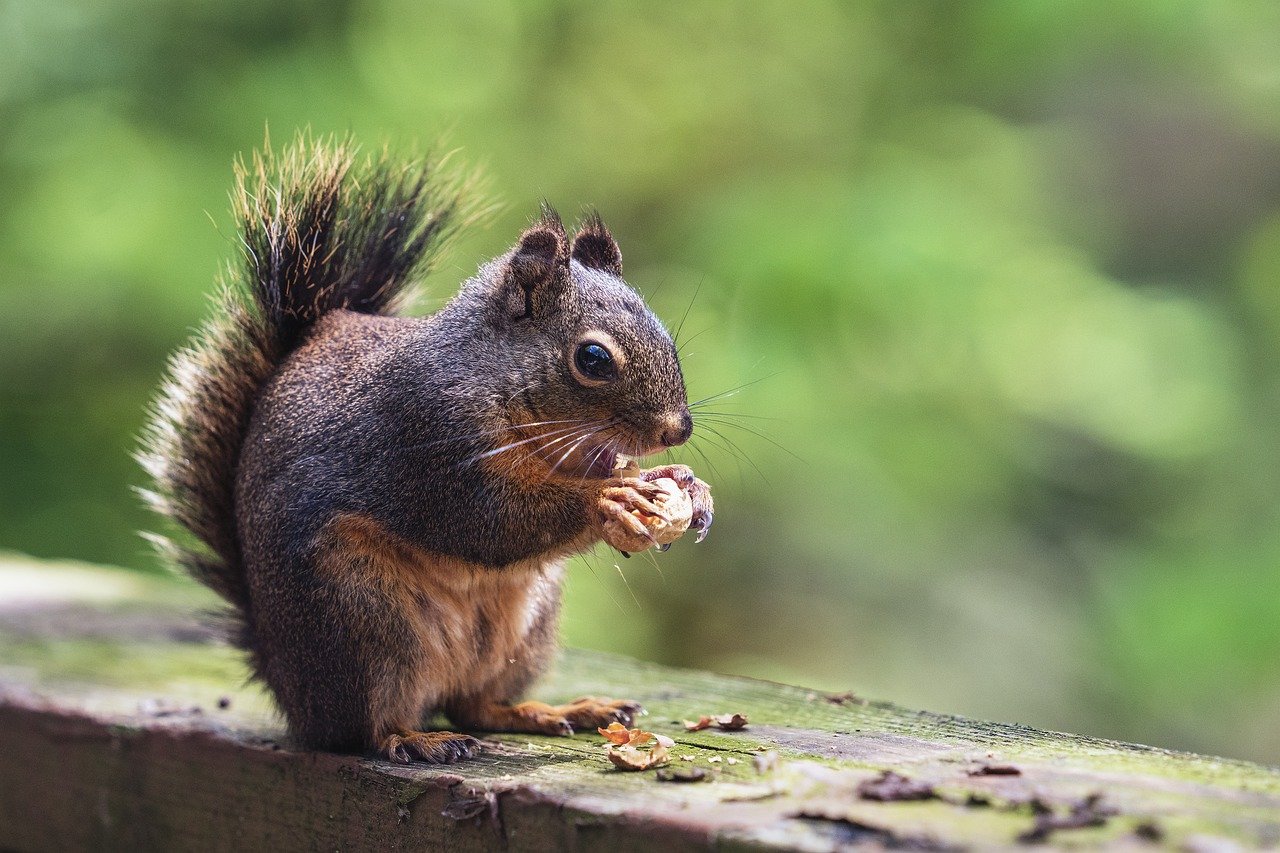
Monitor and Maintain the Habitat
Monitoring and maintaining your wildlife habitat is crucial to ensure its long-term success and effectiveness in supporting local wildlife populations. By regularly observing the ecosystem you have created, you can make necessary adjustments and improvements to enhance its functionality and appeal.
One effective way to monitor your habitat is to keep a wildlife journal where you can record the different species that visit, their behaviors, and any notable observations. This not only helps you track the success of your habitat but also provides valuable insights into the needs of the wildlife in your area.
Additionally, conducting seasonal maintenance tasks is essential to keep the habitat in top condition. This may involve pruning trees and shrubs, cleaning bird feeders and water features, and removing invasive plants that could threaten the ecosystem.
Regularly inspecting birdhouses and nesting sites is also important to ensure they are in good condition and safe for wildlife to use. Providing a safe and secure environment for nesting and shelter is vital for the well-being of the wildlife that relies on your habitat.
Engaging in habitat maintenance not only benefits the wildlife but also allows you to connect with nature on a deeper level. It's a rewarding experience to witness the positive impact your efforts have on the local ecosystem and the diverse wildlife that call it home.
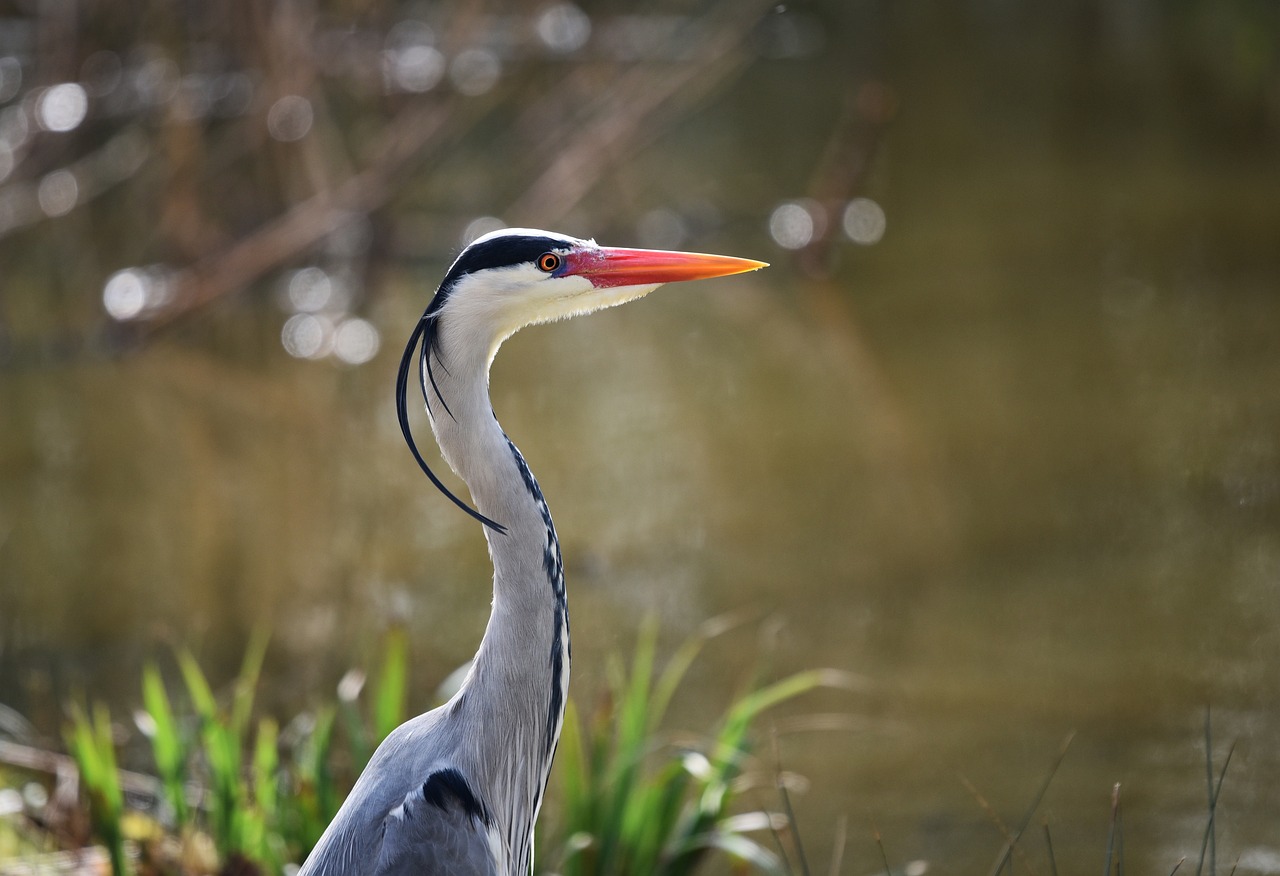
Engage with the Community
Engaging with the community is a crucial aspect of creating a thriving wildlife habitat in your backyard. By sharing your knowledge, experiences, and passion for wildlife conservation, you can inspire others to join in and contribute to the preservation of local species. One way to engage with the community is to organize educational events or workshops where you can share tips and insights on creating wildlife-friendly habitats. Additionally, you can collaborate with local organizations and participate in community initiatives focused on environmental conservation.
Another effective way to engage with the community is through online platforms and social media. By sharing updates, photos, and success stories of your wildlife habitat, you can reach a wider audience and raise awareness about the importance of creating sustainable ecosystems. Encouraging your neighbors to participate in wildlife-friendly practices and providing resources and support can also help foster a sense of community involvement and shared responsibility for environmental stewardship.
Building a network of like-minded individuals who are passionate about wildlife conservation can lead to collaborative efforts, knowledge sharing, and collective action towards creating a more biodiverse and sustainable environment. By connecting with others who share your enthusiasm for wildlife habitat creation, you can amplify your impact, exchange ideas, and work together to make a positive difference in your local ecosystem.
Frequently Asked Questions
- What are the benefits of creating a wildlife habitat in my backyard?
Creating a wildlife habitat in your backyard has numerous benefits, including attracting a variety of beautiful birds, butterflies, and beneficial insects. It also helps to support local ecosystems, promote biodiversity, and create a peaceful and harmonious environment for both wildlife and humans to enjoy.
- Do I need a large backyard to create a wildlife habitat?
No, you do not need a large backyard to create a wildlife habitat. Even small outdoor spaces can be transformed into thriving habitats by incorporating key elements like native plants, bird feeders, and water features. It's all about creating a welcoming environment for wildlife to thrive, regardless of the size of your backyard.
- How can I attract specific wildlife species to my backyard?
To attract specific wildlife species to your backyard, you can research the native species in your area and provide food sources, shelter, and nesting sites that cater to their needs. By planting native plants, installing bird feeders, and creating diverse habitats, you can attract a wide range of wildlife species and create a balanced ecosystem in your backyard.

